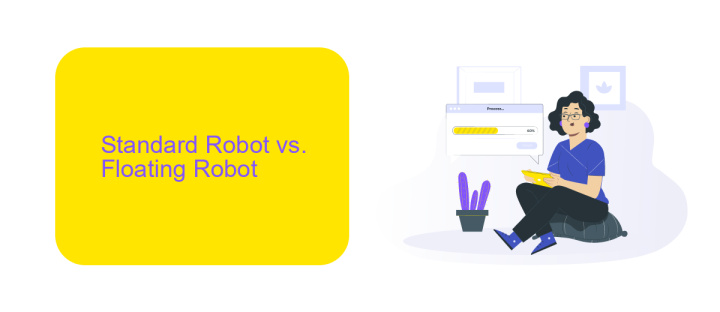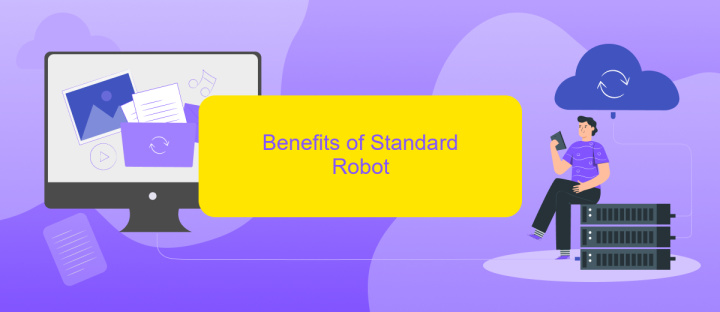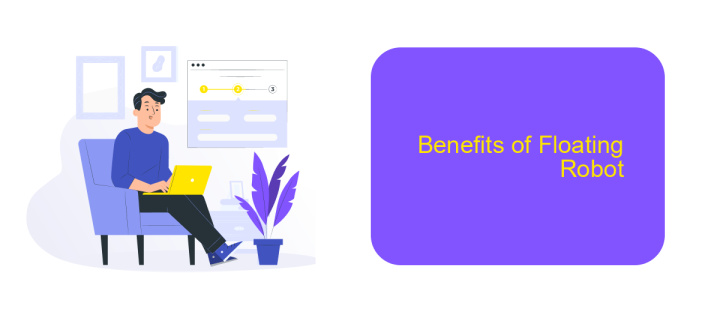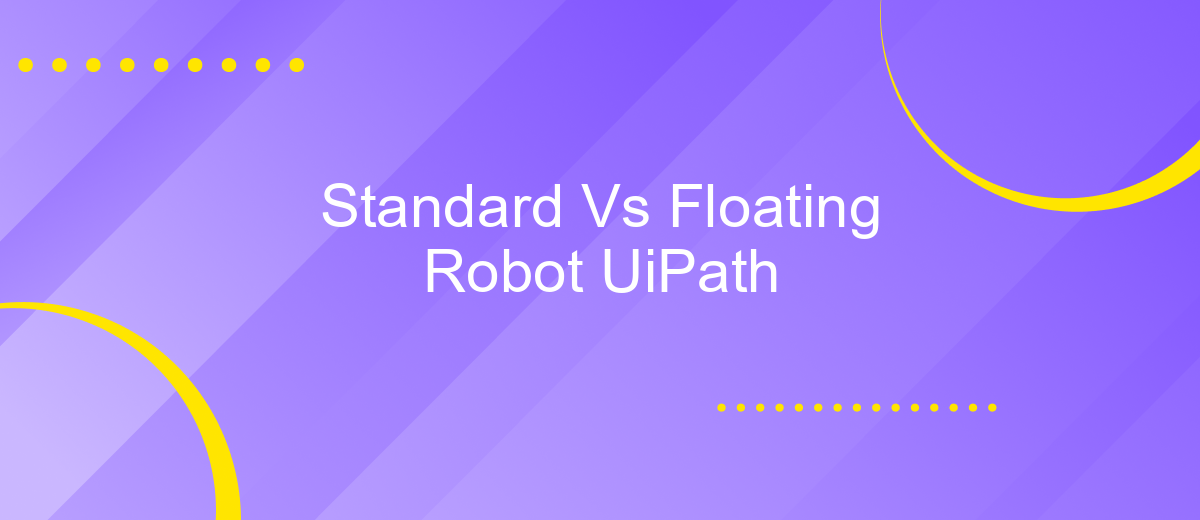Standard Vs Floating Robot UiPath
In the realm of robotic process automation (RPA), UiPath offers two distinct types of robots: Standard and Floating. Understanding the differences between these robot types is crucial for optimizing deployment and ensuring seamless operations. This article delves into the key characteristics, benefits, and use cases of Standard and Floating Robots, helping you make an informed decision for your automation strategy.
Introduction
Robotic Process Automation (RPA) has revolutionized the way businesses operate, with UiPath being one of the leading platforms in this domain. A significant aspect of UiPath's offering is its robot types, specifically Standard and Floating robots. Understanding the differences between these two types is crucial for optimizing automation processes and ensuring efficient resource management.
- Standard Robots: These are tied to a specific machine and user, providing a stable and predictable environment for automation tasks.
- Floating Robots: These are not tied to a specific machine, allowing for greater flexibility and scalability in dynamic environments.
Choosing between Standard and Floating robots depends on various factors, including the specific needs of your organization, the complexity of the tasks, and the available infrastructure. Tools like ApiX-Drive can further enhance your RPA setup by facilitating seamless integration between different systems, ensuring that your automation strategy is both robust and adaptable.
Standard Robot vs. Floating Robot

Standard Robots in UiPath are typically tied to a single machine, meaning they are designated to run on a specific workstation or server. This setup is ideal for scenarios where tasks are consistently executed on the same machine, ensuring stability and predictability in performance. However, this can limit flexibility, as the robot cannot easily be reassigned to another machine without manual intervention and reconfiguration.
Floating Robots, on the other hand, offer greater flexibility by allowing robots to run on any machine within a defined environment. This is particularly useful in dynamic environments where workloads need to be distributed across multiple machines to optimize resource utilization. For instance, integrating with services like ApiX-Drive can streamline the process of distributing tasks and managing integrations across various platforms, enhancing the efficiency of Floating Robots. By leveraging such integrations, organizations can achieve a more scalable and adaptable robotic process automation (RPA) strategy.
Benefits of Standard Robot

The Standard Robot in UiPath offers a range of benefits that make it an essential tool for businesses aiming to streamline their processes. Unlike floating robots, standard robots are dedicated to specific machines, ensuring consistent performance and reliability. This makes them ideal for environments where tasks need to be executed without interruption or variability.
- Consistency: Standard Robots are tied to specific machines, ensuring that tasks are performed consistently without any deviation.
- Reliability: Since they are not shared across multiple machines, the risk of downtime or performance issues is minimized.
- Security: With a dedicated machine, security protocols can be more stringent, reducing the risk of unauthorized access.
- Integration: Standard Robots can be easily integrated with various services like ApiX-Drive, facilitating seamless workflow automation and data synchronization.
In summary, the Standard Robot in UiPath is a robust solution for businesses that require consistent, reliable, and secure automation. Its ability to integrate with services such as ApiX-Drive further enhances its utility, making it a versatile choice for various operational needs.
Benefits of Floating Robot

Floating Robots in UiPath provide a significant advantage by decoupling the robot from a specific machine. This flexibility allows organizations to optimize their resources more efficiently, as robots can be assigned to any available machine within a given environment. This ensures that processes are not delayed due to the unavailability of a specific machine.
Another key benefit is the ease of maintenance and scalability. Floating Robots simplify the process of updating and managing robots, as changes can be made centrally and applied across multiple machines. This reduces the time and effort required for maintenance, allowing IT teams to focus on more strategic tasks.
- Increased flexibility and resource optimization
- Centralized maintenance and updates
- Scalability across multiple machines
- Reduced downtime and improved efficiency
Additionally, integrating Floating Robots with services like ApiX-Drive can further enhance their capabilities. ApiX-Drive allows seamless integration with various applications, ensuring that the robots can interact with different systems effortlessly. This integration capability is crucial for automating complex workflows that span multiple platforms, thereby increasing overall productivity and efficiency.
Conclusion
In conclusion, the choice between Standard and Floating Robot in UiPath largely depends on the specific needs and infrastructure of your organization. Standard Robots are ideal for environments where tasks are fixed and predictable, offering a stable and straightforward setup. On the other hand, Floating Robots provide greater flexibility, allowing robots to be dynamically allocated to any available machine, which is particularly beneficial for organizations with fluctuating workloads and remote work setups.
Both types of robots have their unique advantages, and the decision should be guided by your operational requirements and scalability goals. For organizations looking to streamline their automation processes and integrate various systems effortlessly, services like ApiX-Drive can play a crucial role. ApiX-Drive offers seamless integration capabilities, ensuring that your robotic processes are well-coordinated and efficient. Ultimately, a thorough assessment of your current and future needs will help you determine the most suitable robot type for your UiPath implementation.
- Automate the work of an online store or landing
- Empower through integration
- Don't spend money on programmers and integrators
- Save time by automating routine tasks
FAQ
What is the difference between Standard and Floating Robots in UiPath?
When should I use a Floating Robot instead of a Standard Robot?
Can I convert a Standard Robot to a Floating Robot in UiPath?
How do Floating Robots handle licensing in UiPath?
Are there any tools that can help with the integration and automation setup for UiPath Robots?
Time is the most valuable resource for business today. Almost half of it is wasted on routine tasks. Your employees are constantly forced to perform monotonous tasks that are difficult to classify as important and specialized. You can leave everything as it is by hiring additional employees, or you can automate most of the business processes using the ApiX-Drive online connector to get rid of unnecessary time and money expenses once and for all. The choice is yours!


